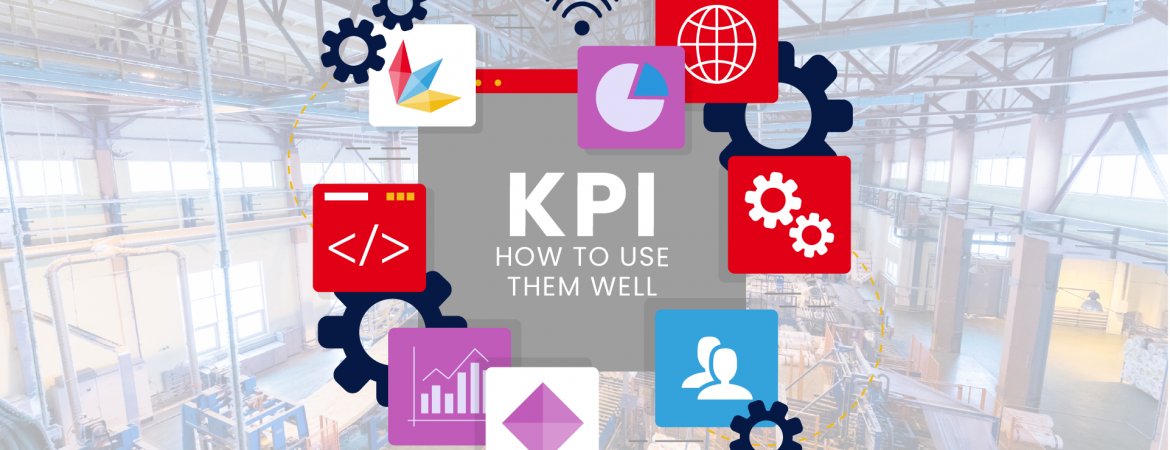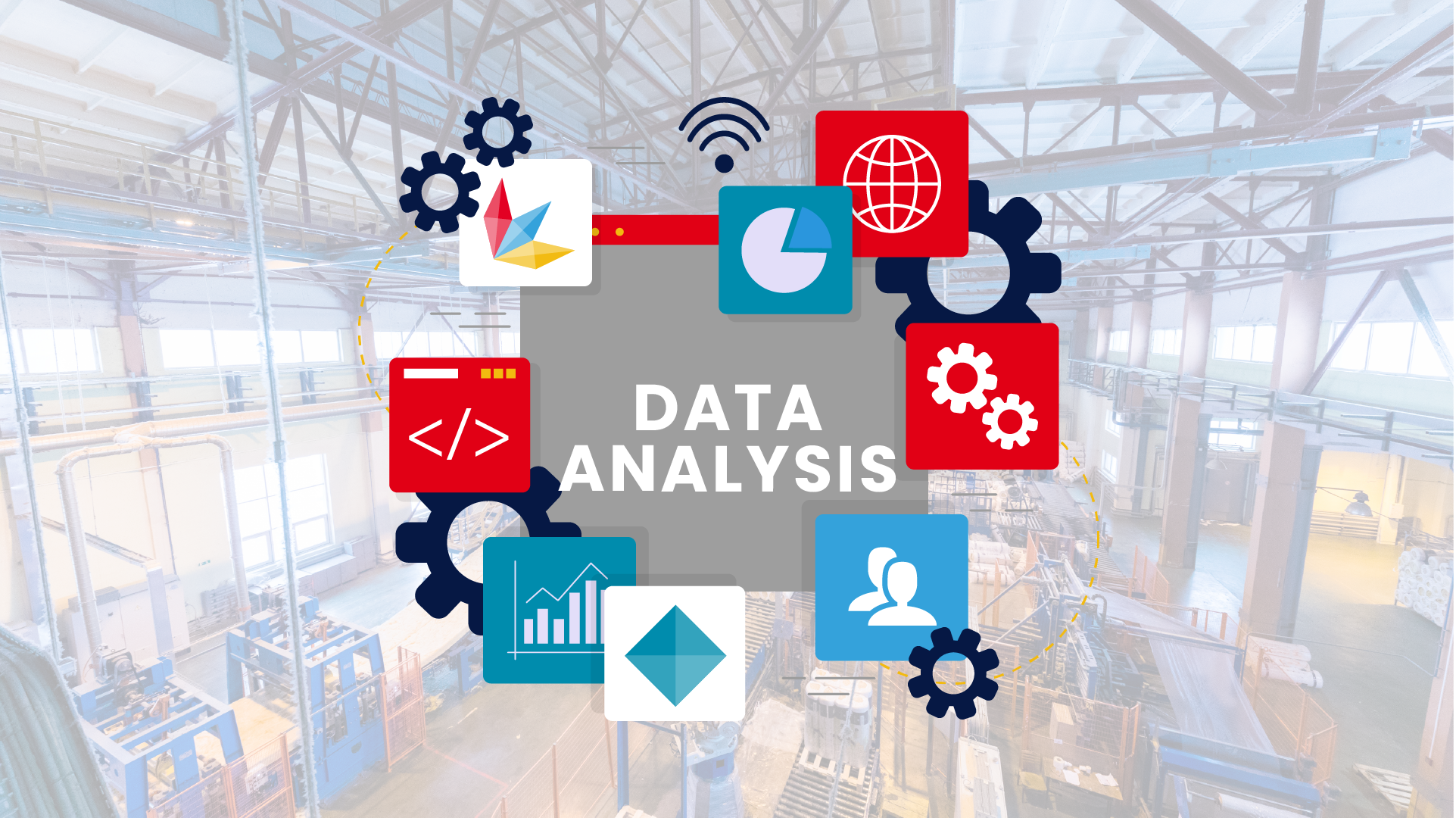Understanding whether things are going well or poorly in our company is not always easy, which is why we need strategies and indicators. In a previous article, we discussed OKRs and mentioned KPIs. Let’s delve deeper into what they are.
Why tracking results is important
Strategy is essential; setting the right goals can make the difference between success and failure for our business in the future. However, it’s crucial to track the most important metrics that can help us understand their evolution.
KPIs: what do they mean
Key Performance Indicators, or KPIs, are metrics that, when tracked over time, provide an indicator of a company’s performance. However, alone, KPIs may not be very useful because they must be placed in the context of evaluating predetermined objectives. Numerically, they risk misleading those who analyze them if a more detailed framework is not available.
A brief history of KPIs
KPIs have an ancient conceptual history, dating back to the Chinese royal family’s use of similar metrics to evaluate the individual performance of each family member. Centuries later, KPIs found their way into industrial use, particularly with Frederick Taylor’s scientific approach to mass production.
In the 1950s, Peter Drucker formalized a school of thought based primarily on data, coining the term “Key Performance Indicator.” With Total Quality Management (TQM), the complexity of KPIs increased, providing a better overview of company productivity.
Examples of KPIs
Let’s say we’re heading the sales department of a company. We’ve set our strategy and now need to determine which KPIs to adopt. As mentioned in the OKR article, it’s crucial to have a clear understanding of what we need to improve before establishing the right KPIs to monitor our progress.
In our case, we’ve decided to increase the value of closed contracts. We’ll monitor:
- Average time to convert a customer.
- Number of leads generated by our sales funnel.
- Average economic value of closed contracts.
- Number of new contracts closed.
Advantages of using KPIs
- Provide a clear and simple story of our performance based on numerical values.
- Can be easily compared.
- Serve as objective evidence of the company’s functioning.
Using KPIs effectively can help companies track their progress, identify areas for improvement, and make informed decisions for the current or upcoming year.




One Reply to “Understanding Performance: The Role of KPIs”
[…] might wonder: Are OKRs and KPIs the same thing? The answer is no; they are actually quite […]